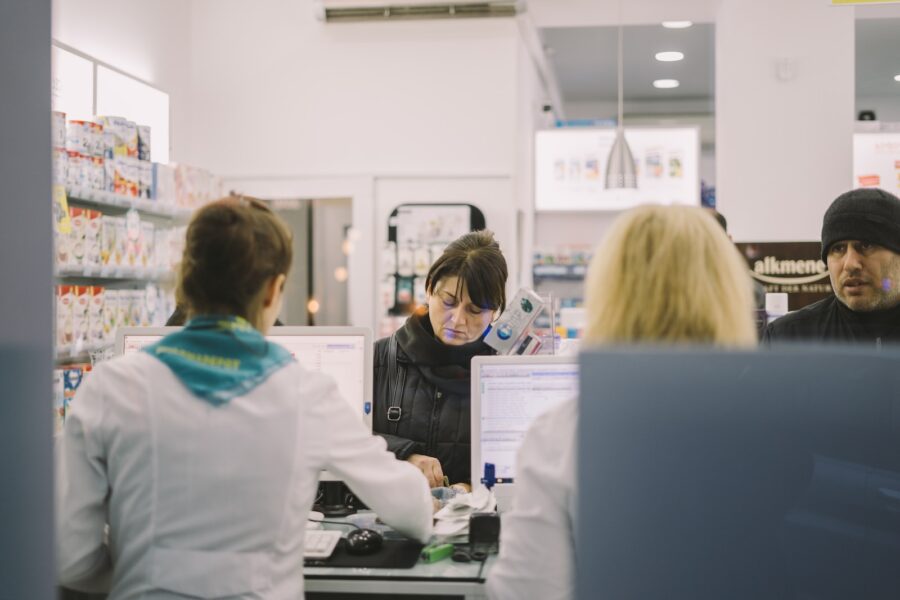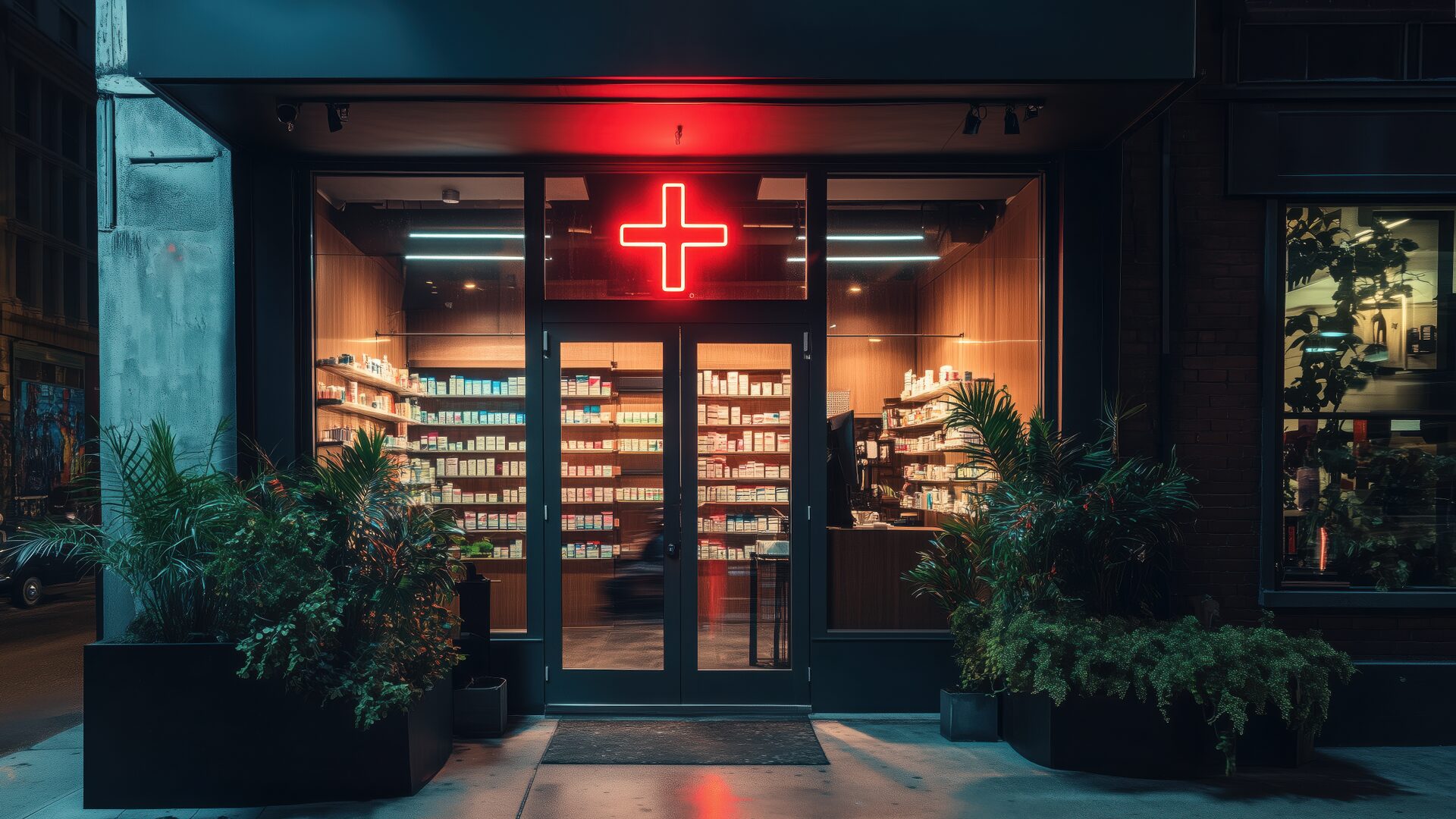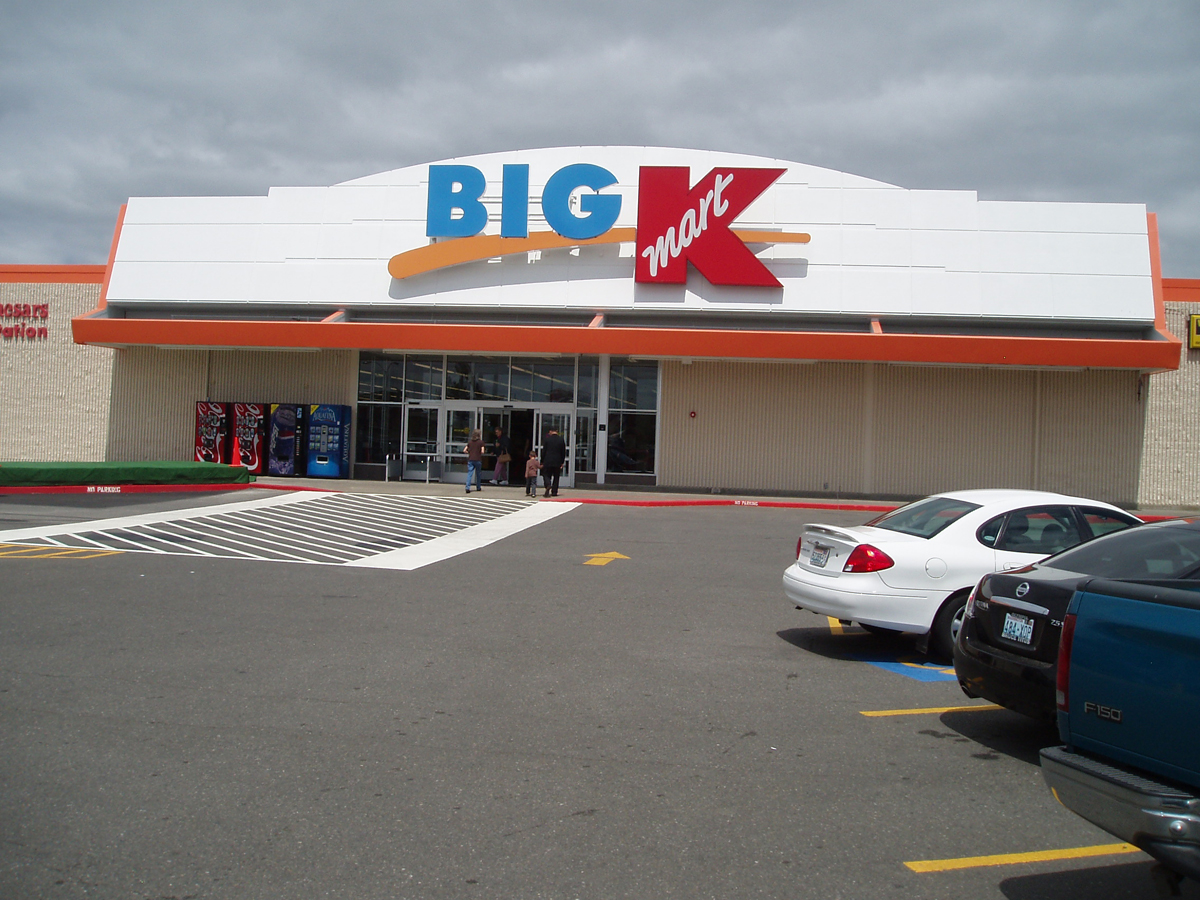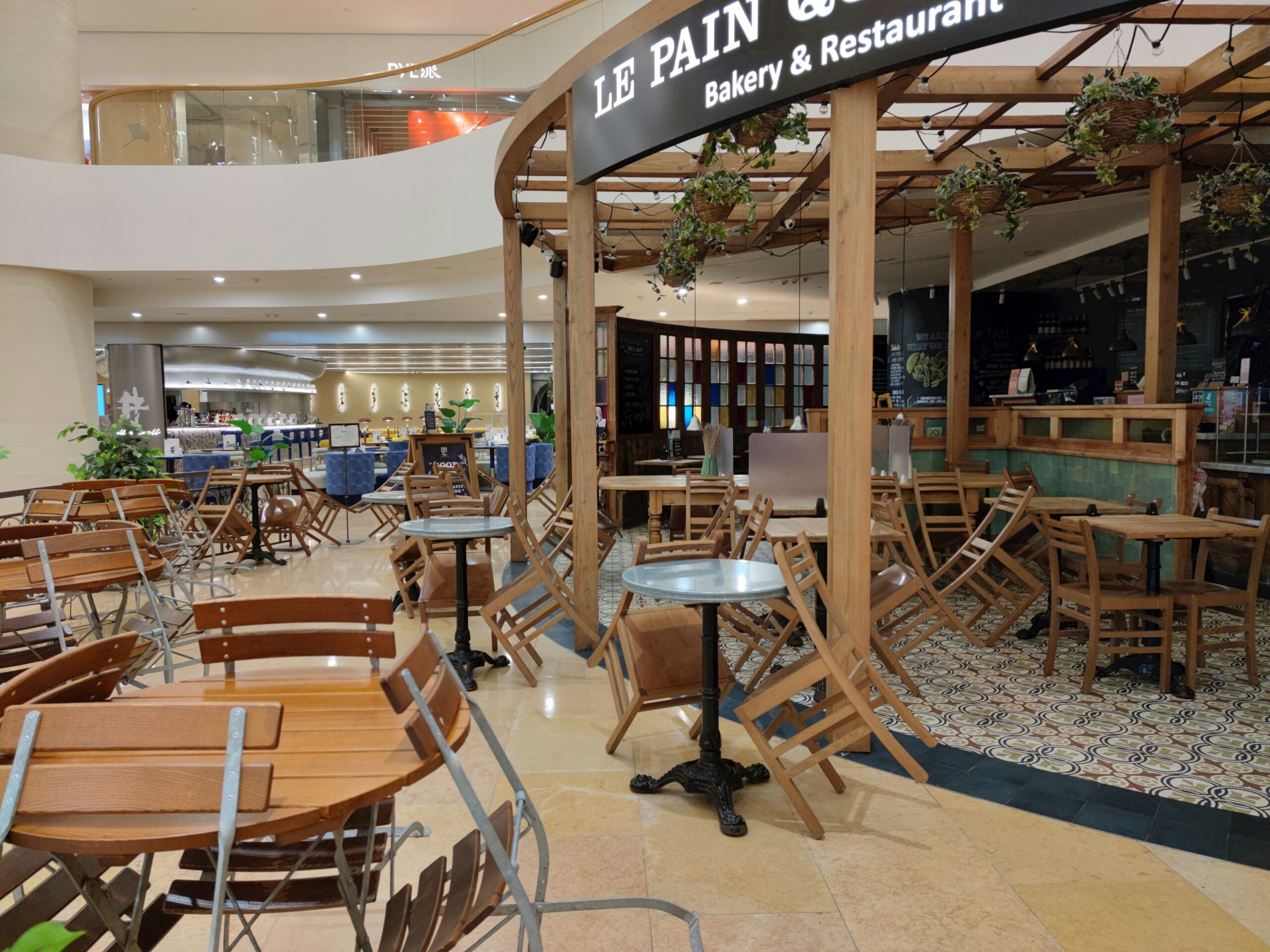Rite Aid, one of the largest pharmacy chains in America, is facing a major financial restructuring, with plans to close 154 stores.
The 61-year-old pharmacy chain recently filed for Chapter 11 bankruptcy and named new leadership as the company faces lawsuits on accusations of contributing to the opioid crisis, FOX Business reported.
“On a ground level, Rite Aid was just left behind by the competition.” – Irene Brako, pharmacist, Lorton, Virginia
The company, which recently secured a $3.45 billion financing commitment from lenders, insisted in a press release that it “remains committed to … delivering on its purpose” and serving 1 million daily customers. Rite Aid also recently named a new CEO, Jeffrey Stein, who promises to strengthen the company’s financial position and reach its potential as a modern drug retailer.
Amid the national outcry from consumer advocates regarding opioid addiction coupled with a rapidly changing retail market in healthcare and more savvy consumers all beg a simple question: What does it take to be a dominant pharmacy chain in 2023?
Foundations for Success
“A few key factors tend to distinguish great chain pharmacies from good ones: embracing technology innovations, prioritizing patient-centered care, ensuring unwavering compliance, and retaining dedicated staff – these elements serve as the bedrock of success,” said Joy Liu, CEO of Plenful, who declined to comment on Rite Aid specifically.
Rite Aid – which recently estimated its assets and liabilities in the range of $1 billion to $10 billion – is attempting to boost sales with offerings like its new line of better-for-you private label snacks called The Ello Market collection.
But it’ll likely take more than that to right Rite Aid’s ship, considering the turbulent waters in which the chain floats. The drug retailer – which now has roughly 2,100 U.S. retail locations – will need to offer unrivaled service and industry-leading technology.
“To deliver personalized service akin to that of small-town pharmacies, chain pharmacies should merge tradition with innovation. This involves deepening pharmacist-patient relationships. To accomplish this effectively, it’s crucial to embrace technology,” said Liu, whose company offers a workflow automation tool for pharmacies.
“Manual work,” the Plenful CEO added, “otherwise diverts and burdens pharmacy care teams, ultimately impacting care delivery and the ability to nurture these important personal connections.”
Time to Modernize
Irene Brako of Lorton, Virginia, has seen a lot as a pharmacy manager at Walgreens, after attaining a Doctor of Pharmacy from the Massachusetts College of Pharmacy and Health Sciences. Her time in the industry has Brako convinced that drug retailers must now offer modernized services like after-hours pickup lockers. Today’s shoppers, after all, demand a stellar customer experience and convenience.
And that’s just one area in which Rite Aid has made missteps, Brako said.
“On a ground level, Rite Aid was just left behind by the competition,” she said. “The first time I stepped foot into one of their stores in my district, I could tell why they failed – they lacked space and basic amenities, and their staff was not properly trained.”












